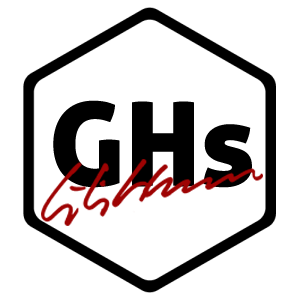Protested in Reykjavík - 2010
The 2009–2011 Icelandic financial crisis protests, also referred to as the Kitchenware / Kitchen Implement or Pots and Pans Revolution[1][2] (Icelandic: Búsáhaldabyltingin) occurred in the wake of the Icelandic financial crisis. There had been regular and growing protests since October 2008 against the Icelandic government’s handling of the financial crisis. The protests intensified on 20 January 2009 with thousands of people showing up to protest at the parliament (Althing) in Reykjavík. These were at the time, the largest protests in Icelandic history.
Protesters were calling for the resignation of government officials and for new elections to be held. The protests stopped for the most part with the resignation of the old government led by the right-wing Independence Party.[8] A new left-wing government was formed after elections in late April 2009. It was supportive of the protestors and initiated a reform process that included the judicial prosecution before the Landsdómur of the former Prime Minister Geir Haarde.
Several referenda were held to ask the citizens about whether to pay the Icesave debt of their banks. From a complex and unique process, 25 common people, of no political party, were to be elected to form an Icelandic Constitutional Assembly that would write a new Constitution of Iceland. After some legal problems, a Constitutional Council, which included those people, presented a Constitution Draft to the Iceland Parliament on 29 July 2011. (wikipedia)



